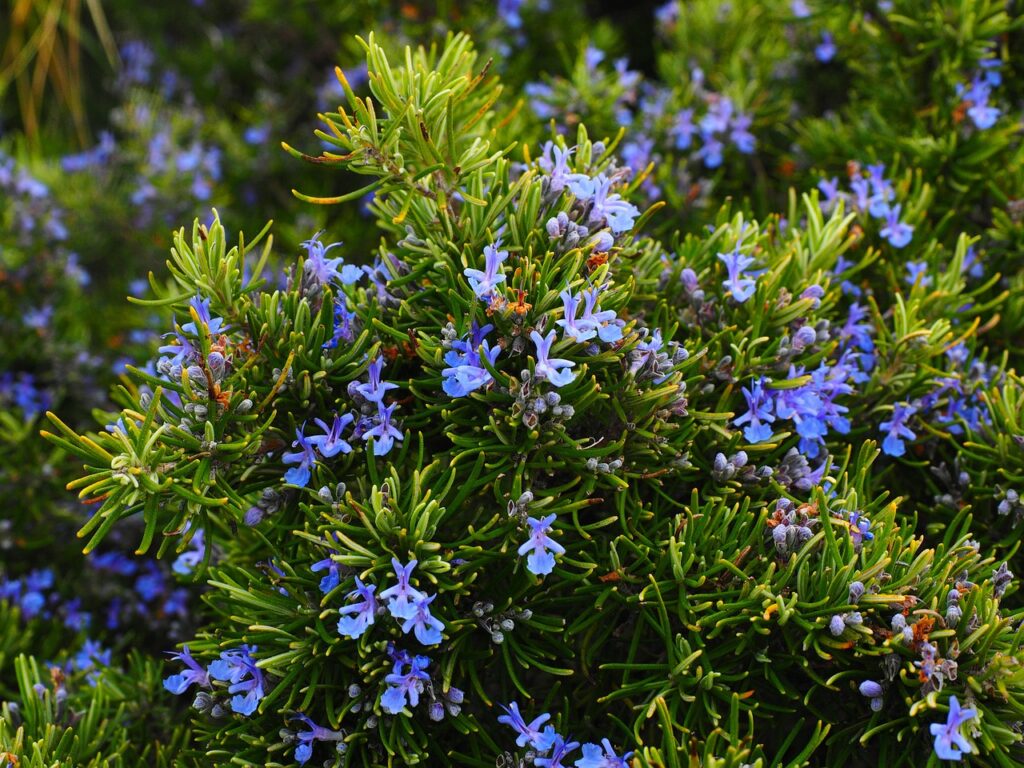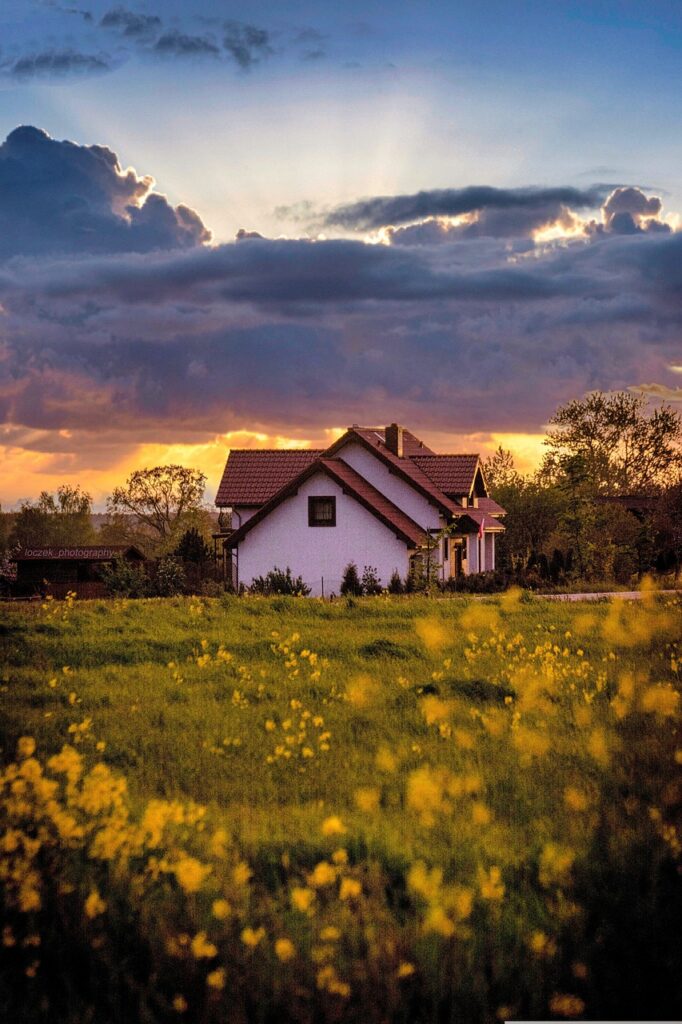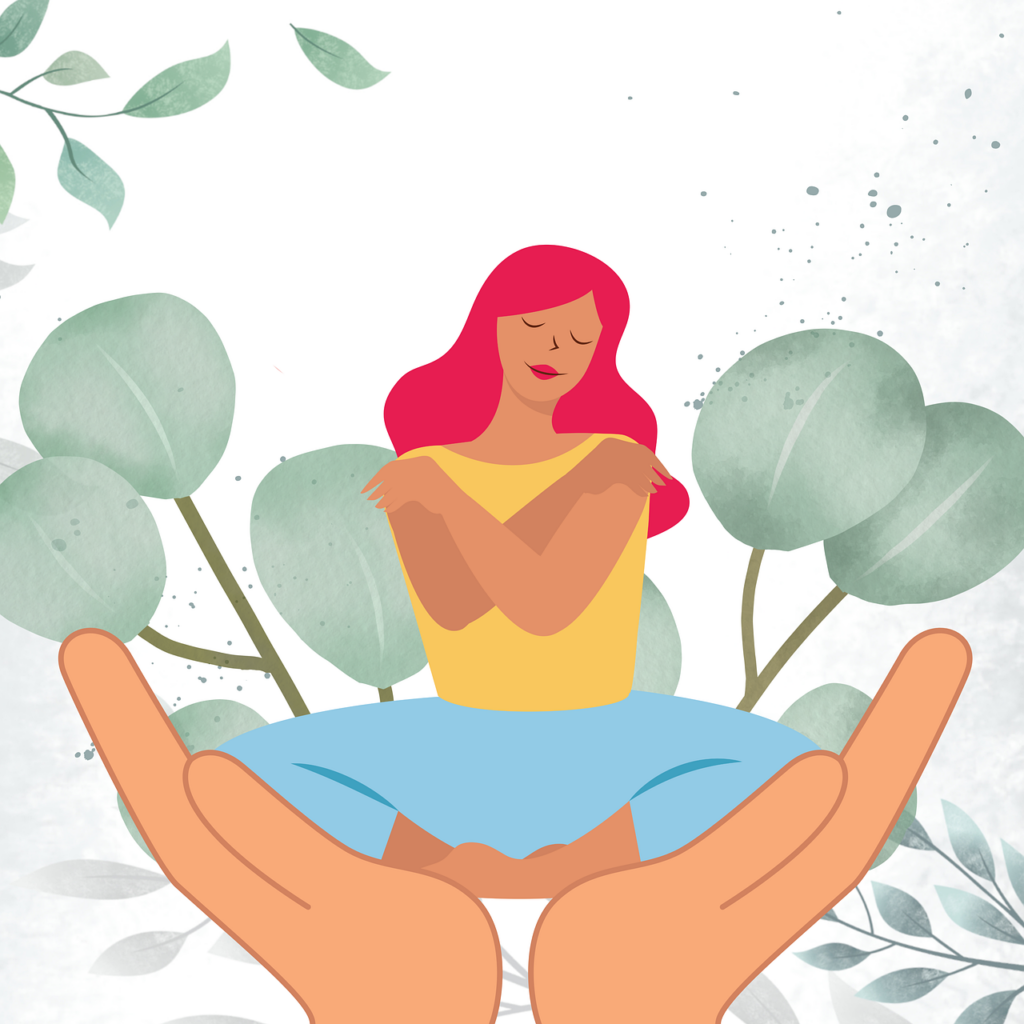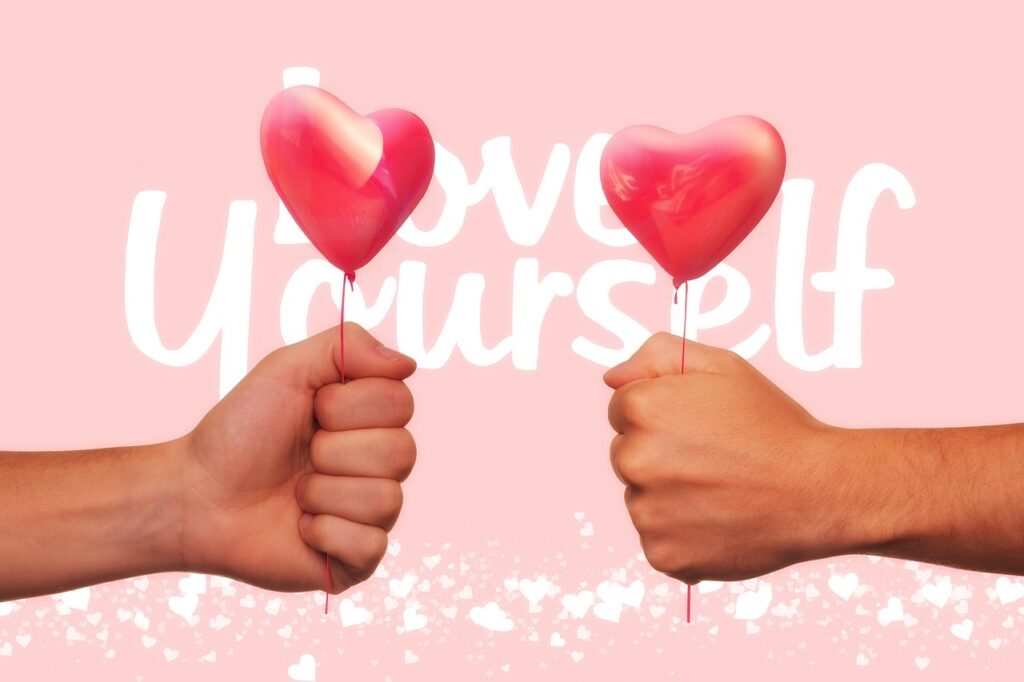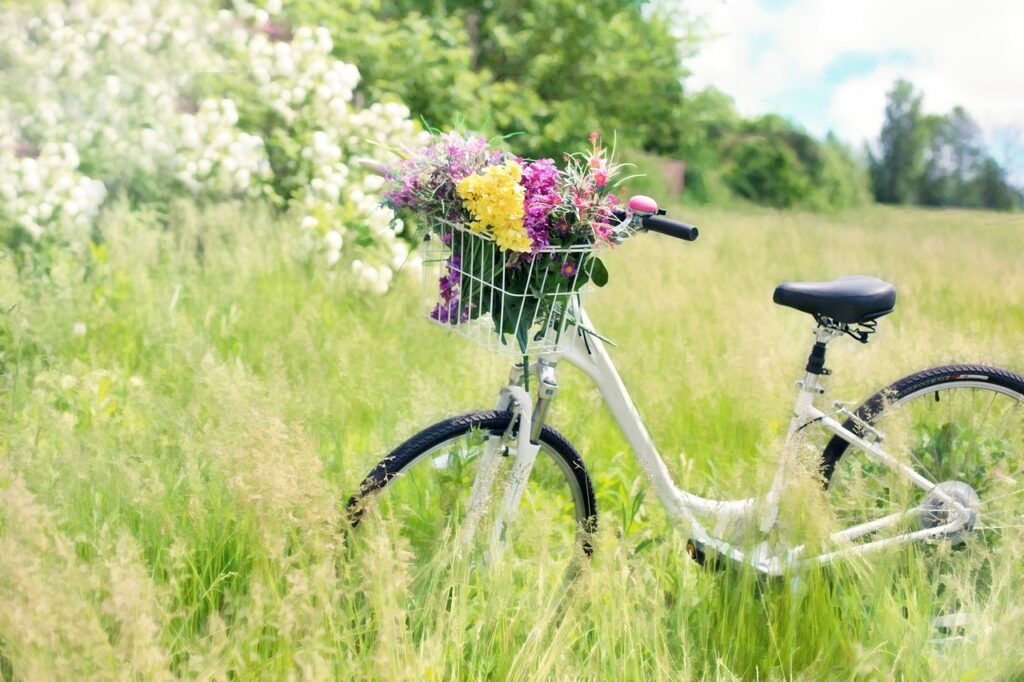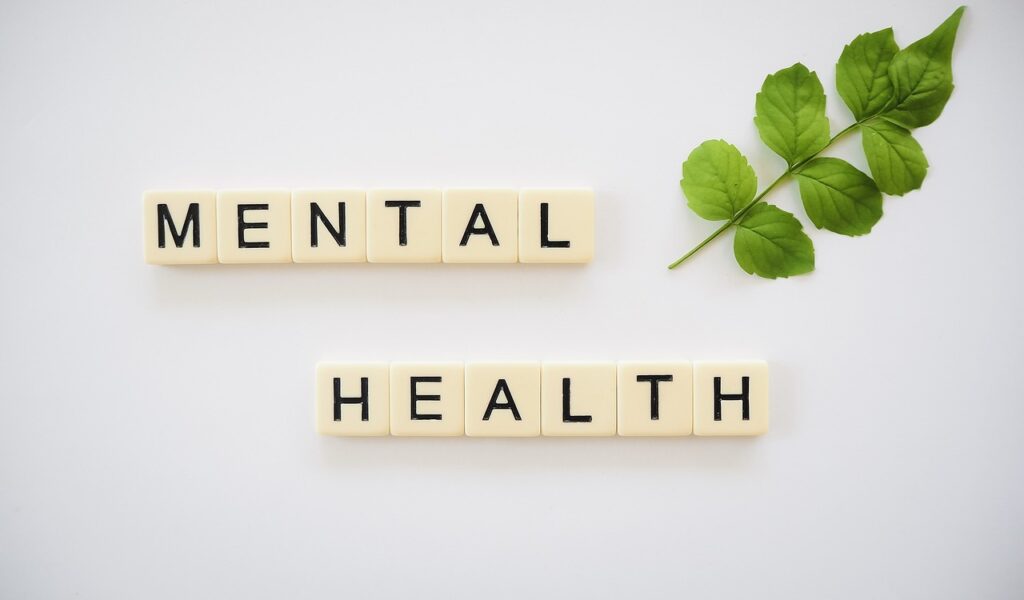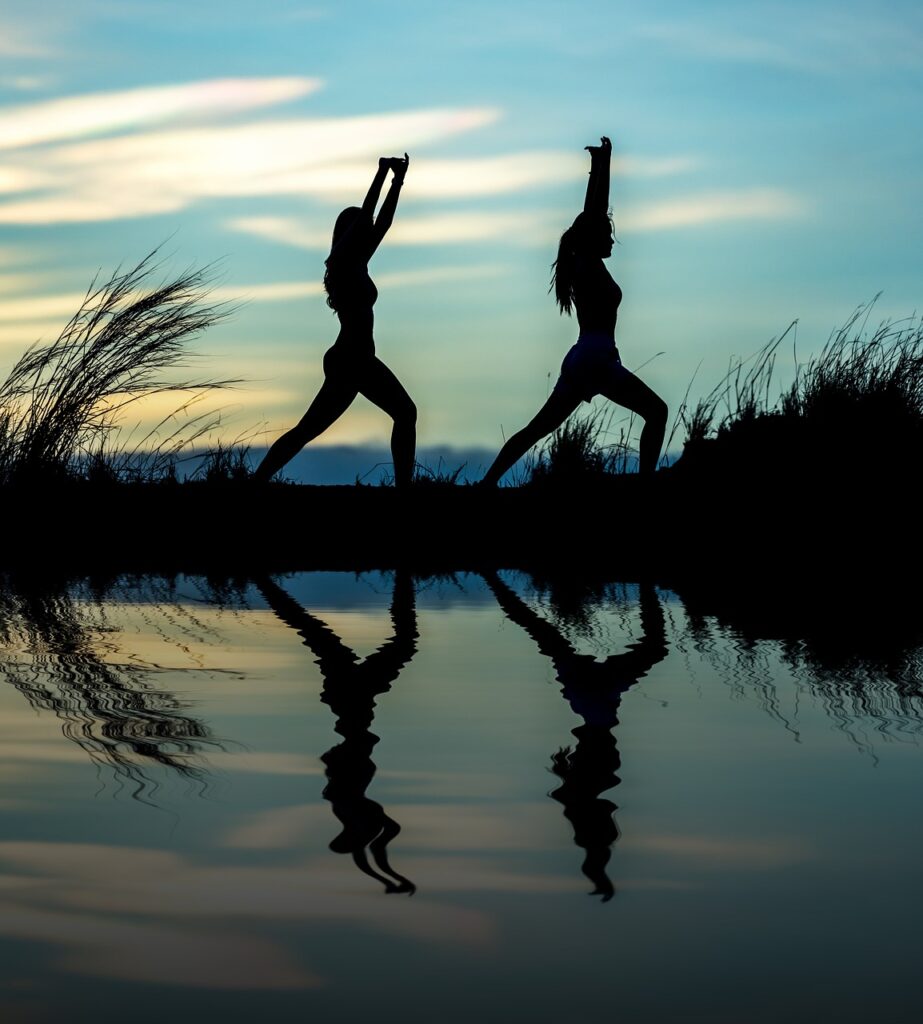A Gentle Invitation to Create with Nature
There’s something undeniably soothing about immersing yourself in nature. The quiet rustle of leaves, the soft fragrance of flowers, the grounding presence of trees—it all has a way of settling the soul. Now, imagine weaving that same tranquility into your creative process. That’s the essence of botanical art therapy: a heartfelt fusion of nature’s calming energy and the healing magic of artistic expression. As more people turn to creative practices for emotional well-being, botanical art therapy is emerging as a beautiful, accessible way to nurture both the heart and mind.

What is Botanical Art Therapy?
At its core, botanical art therapy is about creating art inspired by plants, flowers, and the organic patterns of the natural world. There’s no pressure to be perfect, no rigid techniques to master—just an open space where you can explore, play, and let nature guide your hand. Nature has long been celebrated for its ability to ease stress and uplift the spirit, while art therapy allows for deep emotional expression and self-discovery. When these two come together, they offer a gentle path to mindfulness, healing, and self-connection.
Bringing elements of the natural world into your creative practice invites a sense of presence. Whether you’re sketching the delicate veins of a leaf or arranging petals into a mandala, you’re allowing yourself to slow down, breathe deeply, and be fully in the moment. It’s a practice that not only soothes the nervous system but also nurtures a profound sense of connection—to the earth, to creativity, and to yourself.
The Gentle Gifts of Botanical Art Therapy
There’s something deeply comforting about translating the beauty of nature into art. Through this practice, we give ourselves permission to explore emotions that might otherwise feel too heavy to carry alone. A simple sketch of a flower can hold unspoken emotions; a watercolor wash can express what words sometimes cannot.
Beyond emotional release, botanical art therapy has a way of quieting the noise of everyday life. The act of creating with nature-inspired elements invites a sense of calm, easing tension and bringing clarity to the mind. It’s a practice of presence, a way to anchor yourself when the world feels a bit too fast-paced. And perhaps most beautifully, it deepens our relationship with the natural world, reminding us that we, too, are part of its ever-changing, imperfect beauty.
Bringing Botanical Art Therapy into Your Life
Creating a space for botanical art therapy in your daily life doesn’t have to be complicated. Start by setting up a cozy, inspiring corner with a few natural elements—maybe a potted plant, a bundle of dried lavender, or even a favorite nature-inspired print. Gather simple materials like a sketchbook, watercolors, or even pressed flowers, and let your creativity unfold in its own time.
Most importantly, release any expectations of perfection. This isn’t about creating “frame-worthy” art—it’s about the process, the feeling, the quiet moments of self-care. Try beginning with a soft, meditative breath before picking up your pencil or brush, allowing yourself to sink fully into the experience. Maybe you start with a simple leaf sketch, or perhaps you let colors flow freely in a watercolor wash, capturing the essence of a flower without worrying about exact lines. The beauty of this practice is that it welcomes all levels of experience—it’s about feeling, not performing.
Ideas to Get You Started
If you’re wondering where to begin, try starting small. Maybe you take a slow nature walk and gather inspiration from the colors and textures around you. A simple sketch of a favorite plant, the delicate arrangement of petals into a mandala, or the preservation of a pressed flower in a journal—each of these small acts can become a sacred ritual of self-expression. Some days, your art may be detailed and intricate; other days, it may be nothing more than a splash of color that mirrors your emotions. And that’s more than enough.
5 Ways to Start Your Own Personal Botanical Art Therapy Journey:
- Botanical Drawing or Sketching: Observe plants and sketch them, focusing on their shapes, colors, and patterns. Use this as a mindfulness practice to immerse yourself in the present moment.
- Creating Nature Mandalas: Gather natural elements like leaves and twigs to create a mandala, symbolizing balance and unity. Enjoy the soothing, repetitive act of arranging nature’s materials.
- Pressed Flower Art: Collect flowers and herbs, press them, and create framed art or greeting cards. This process connects you with nature’s cycles and preserves its fleeting beauty.
- Watercolor Botanical Painting: Explore watercolor painting to capture the beauty of plants and landscapes. Let the fluid medium reflect your emotions and the natural flow of your feelings.
- Mindful Nature Journaling: Combine botanical sketches with written reflections on your outdoor experiences and the emotions nature evokes. This practice blends creative expression with introspection.
Embracing Botanical Art Therapy as a Ritual
Like anything worth nurturing, botanical art therapy thrives when given time and space in your routine. Whether it’s a weekly art session, a few mindful doodles in your planner, or even a moment of quiet observation in your garden, it’s all part of the practice. The key is to let it feel natural and nourishing—something you turn to, not out of obligation, but out of a desire to slow down, reconnect, and create from a place of ease.
At its heart, this practice is about embracing imperfection and celebrating the beauty in the small, fleeting moments.
So, if you’re feeling called to explore, pick up that sketchbook, gather a few leaves, and let nature and creativity guide you.
And remember—there’s no right or wrong way to begin. Just start, and let yourself bloom. 🌿


